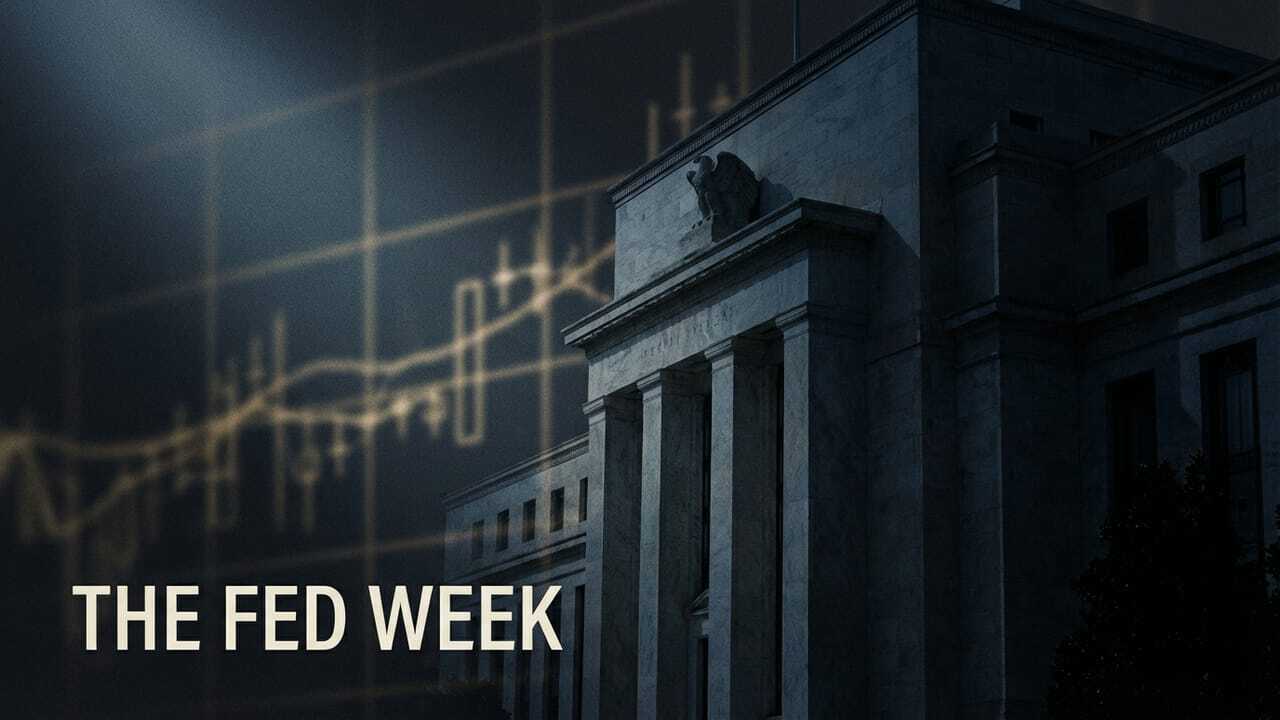
🚨Key Highlights
Downtown office trades closing 60–80 % below pre-COVID values
Vacancy hovers near 31 %, a record high for the Bay Area
CMBS office delinquency up 5× since 2020 to ~9 %
Select buyers re-entering market at $100–$350 per SF
Trophy assets still seek bids near 6–7 % cap rates
Signal
San Francisco’s office market has crossed from repricing into reinvention. Fire-sale deals—some at one-third of prior values—are drawing opportunistic buyers who view despair as entry point. The $17.2 million sale of 800 Market Street, once owned by Invesco, closed 60 % below its 2011 basis. Similarly, 260 California Street’s value collapse to $13 million, after Google’s exit, illustrates how vacancy now defines worth more than address. For lenders, these markdowns translate into rising special-servicing queues and forced extensions; for new capital, they mark a generational reset in risk pricing.
Market Reset and Price Discovery
Downtown office valuations have fallen 70 %+ from 2019 peaks on average, according to brokerage tallies. A building that once traded above $900 per SF now changes hands below $300. In practice, these are not yield plays but land trades wearing office shells. The bid-ask gap that froze 2023 transactions is narrowing—buyers anchored to replacement cost, sellers to residual loan value. As a result, San Francisco has become the nation’s laboratory for discovering what “core plus” means in a post-core city.
Cash-Flow Stress and Credit Triage
Occupancy erosion is the catalyst. When 260 California’s tenancy dropped from 96 % to ~50 %, debt service failed instantly. Its $17 million CMBS note hit special servicing this summer, one of dozens following similar paths. Trepp data show SF office delinquencies near 9 %, versus <2 % pre-pandemic. Borrowers who financed at 3 % coupons now face refinancing near 7 %, turning modest vacancy into insolvency. In turn, banks are provisioning losses, and private lenders are dictating stricter covenants—50 % LTV, full interest reserves, and step-down appraisals before any extension.
Opportunistic Capital Steps In
Amid distress, Alaska-based Fountainhead Development and New Hampshire’s Brady Sullivan are quietly accumulating assets. Their logic: even if recovery lags, entry cost insulates downside. Deals sub-$300 per SF are deemed “bottom-forming.” Family offices and debt funds, often all-cash, dominate bids as banks retreat. Expected IRRs of 18 %+ compensate for years of negative carry. Meanwhile, CMBS bondholders mark down collateral; the same repricing that burns yesterday’s lender funds tomorrow’s value-add round.
Flight to Quality and Functional Obsolescence
Cap-rate bifurcation defines this cycle. Commodity B/C buildings now underwrite near 10–12 %, while prime towers still whisper 6–7 %—if they trade at all. 101 California Street’s rumored $1.8 billion ask underscores how Class A assets remain aspirational pricing anchors. Yet for much of the stock, rent rolls imply deferred capital more than durable income. Conversion economics—seismic work, HVAC overhaul, daylighting—often exceed residual value, forcing owners to choose between reinvestment and surrender. In practice, many choose the latter.
Early Stabilizers and Street-Level Reality
Foot-traffic counts and hotel rates in SoMa and Union Square have ticked higher since spring. Tech tenants are cautiously re-occupying space once shunned. “Every lease today feels like civic participation,” says a downtown property manager overseeing half-empty towers. Operators juggle security costs, vendor payment plans, and community partnerships just to maintain safe occupancy. The silver lining: buildings purchased at low basis can afford cosmetic upgrades and aggressive concessions, signaling a micro-foundation for future rent growth.

San Francisco’s recovery horizon stretches beyond 2026. Vacancy will likely stay above 30 % through next year, easing only as conversions and demolitions remove obsolete stock. Expect more note sales and deed-in-lieu transfers as lenders clear balance sheets. Policy action—tax breaks, zoning relief, or partial-conversion grants—will determine pace. Effective rents should bottom in 2025; limited rent growth may return 2026 onward, led by renovated assets. Long-term, downtown’s identity will shift toward mixed-use: fewer corporate monoliths, more hybrid live-work cores. For investors underwriting now, time is the main leverage.
Dislocation isn’t decay—it’s the cost of re-alignment.

San Francisco Chronicle (Oct 2025) | The Real Deal (Aug 2025) | ReBusinessOnline (Sep 2025) | Trepp Data (2025) | Green Street CPPI (West Region 2024)








